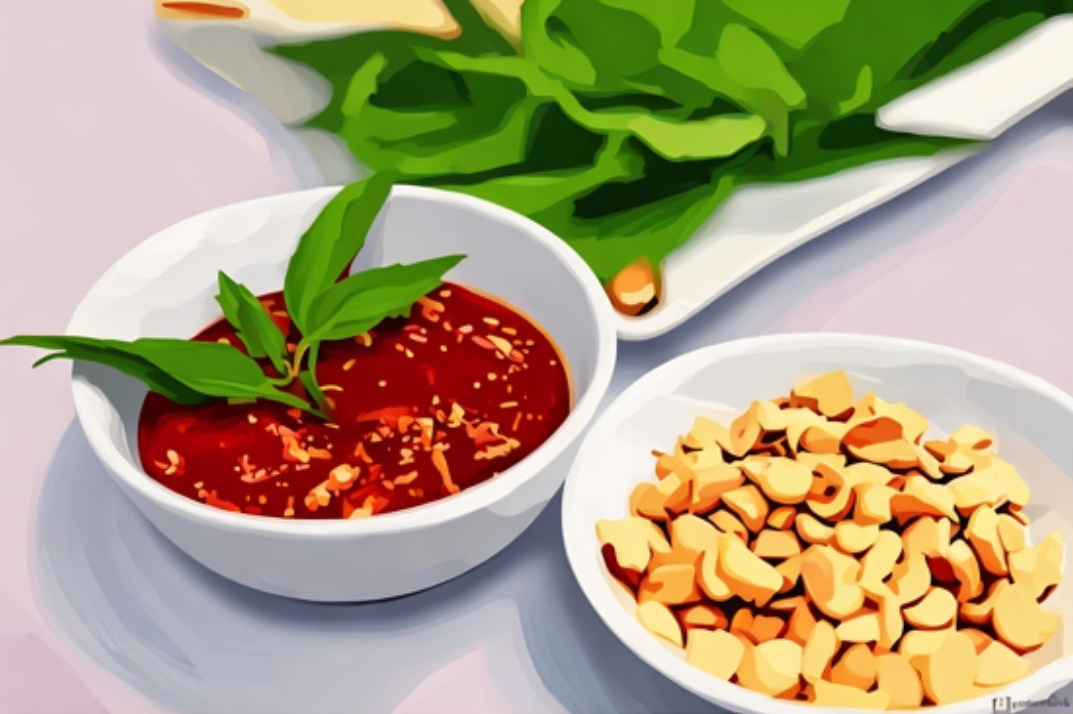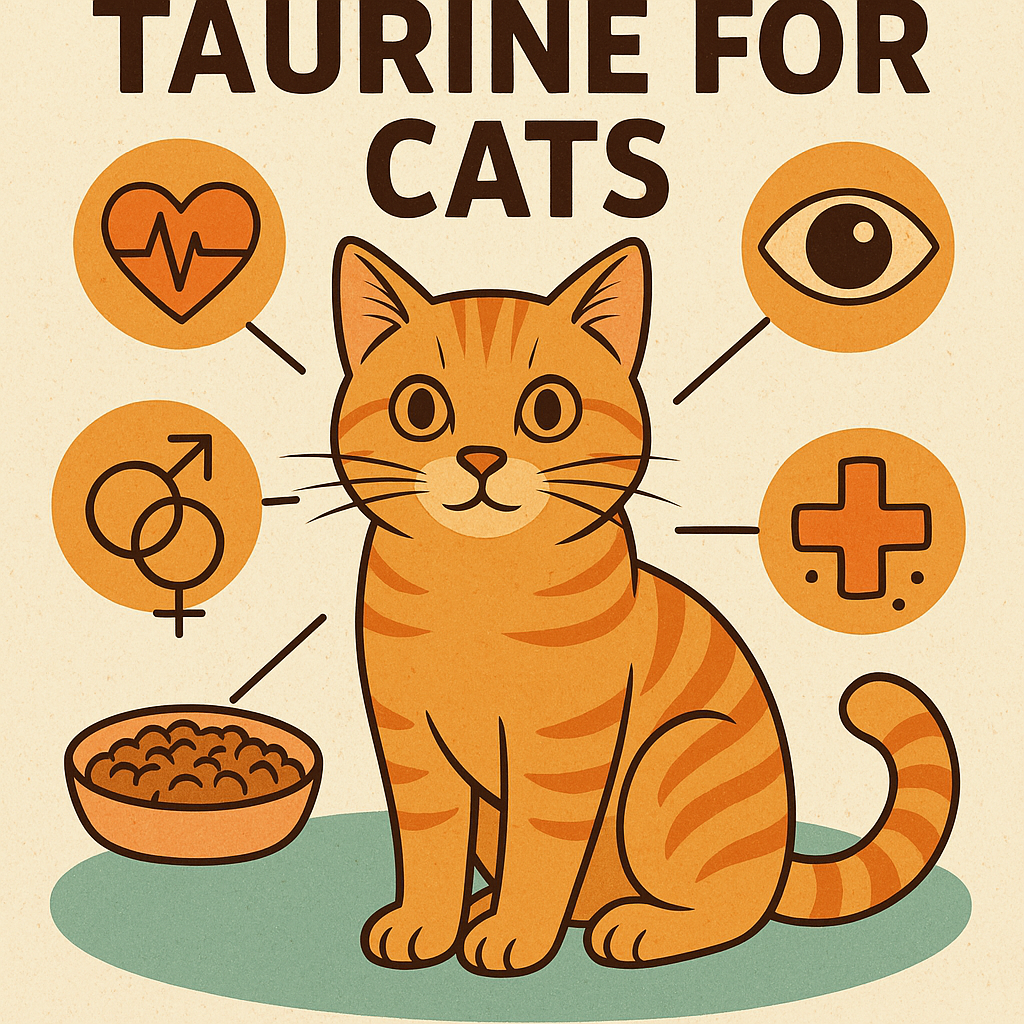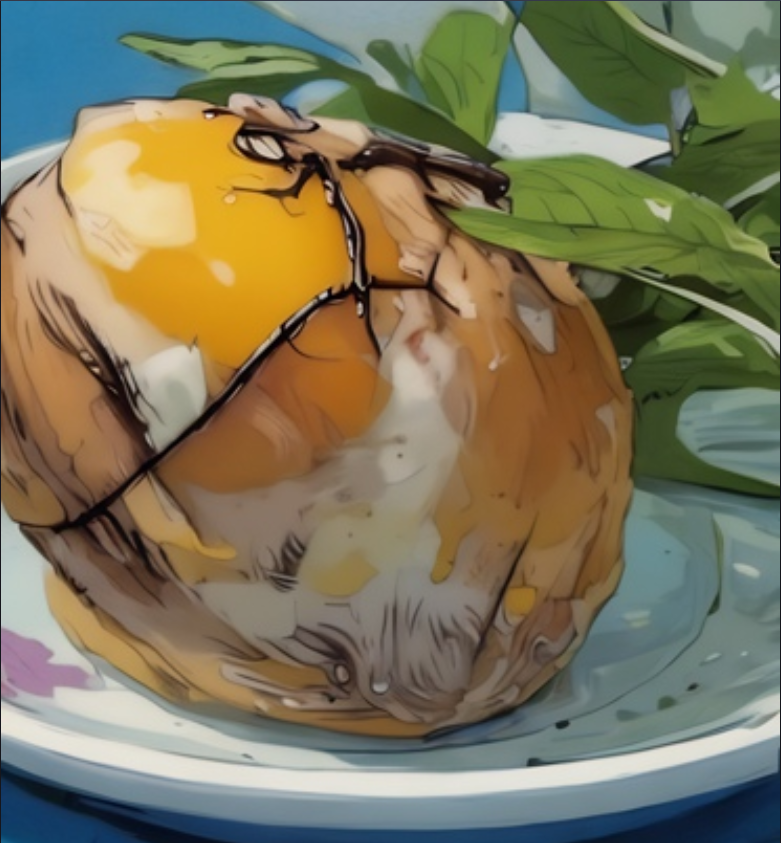Tiết canh is a traditional Vietnamese dish made from fresh animal blood, typically from ducks or pigs. It is a unique and controversial dish, enjoyed for its distinctive texture and rich flavor. While it remains popular in certain regions of Vietnam, it also faces criticism due to health concerns and hygiene risks.
The key ingredient of tiết canh is fresh blood, which is mixed with fish sauce or salt water to prevent coagulation. The dish is then garnished with crushed peanuts, herbs, and sometimes minced meat. Here’s a breakdown of the common preparation method:
Ingredients:
- Fresh animal blood (duck, pig, or goose)
- Fish sauce or lightly salted water
- Cooked and chopped meat (usually from the same animal)
- Herbs such as coriander, mint, and Thai basil
- Crushed roasted peanuts
- Lime wedges for added flavor
Preparation Steps:
- Collect fresh blood in a clean bowl and mix it with fish sauce or salted water to prevent premature clotting.
- Boil the meat and finely chop it into small pieces.
- Pour the blood mixture over the meat in a serving dish.
- Allow it to coagulate at room temperature for about 10-15 minutes.
- Garnish with crushed peanuts and fresh herbs.
- Serve with lime wedges and chili for extra flavor.
Cultural Significance
Tiết canh is traditionally consumed in rural areas and is often associated with special occasions, feasts, and gatherings among friends and family. It is considered a delicacy and is sometimes believed to have health benefits, such as boosting strength and vitality.
Health Risks and Concerns
Despite its popularity, tiết canh poses significant health risks due to its raw nature. Some of the concerns include:
- Bacterial Infections: Fresh blood can carry harmful bacteria such as Salmonella and E. coli.
- Parasitic Diseases: Consuming raw animal blood increases the risk of parasitic infections, including Streptococcus suis, which can lead to serious health complications.
- Hygiene Issues: The preparation process must be highly sanitary to reduce contamination risks.
Due to these risks, Vietnamese health authorities have discouraged the consumption of tiết canh, and it is even banned in some areas.
Conclusion
Tiết canh remains a fascinating and culturally significant dish in Vietnam, but it is not without controversy. While some continue to enjoy it as a traditional delicacy, others avoid it due to the associated health risks. Whether admired for its unique taste or avoided for safety reasons, tiết canh is undoubtedly a notable part of Vietnam’s culinary heritage.
Disclaimer: This article is for informational purposes only. Consuming raw blood-based dishes can pose serious health risks, and it is recommended to follow local health guidelines.



.png)
Join the Conversation